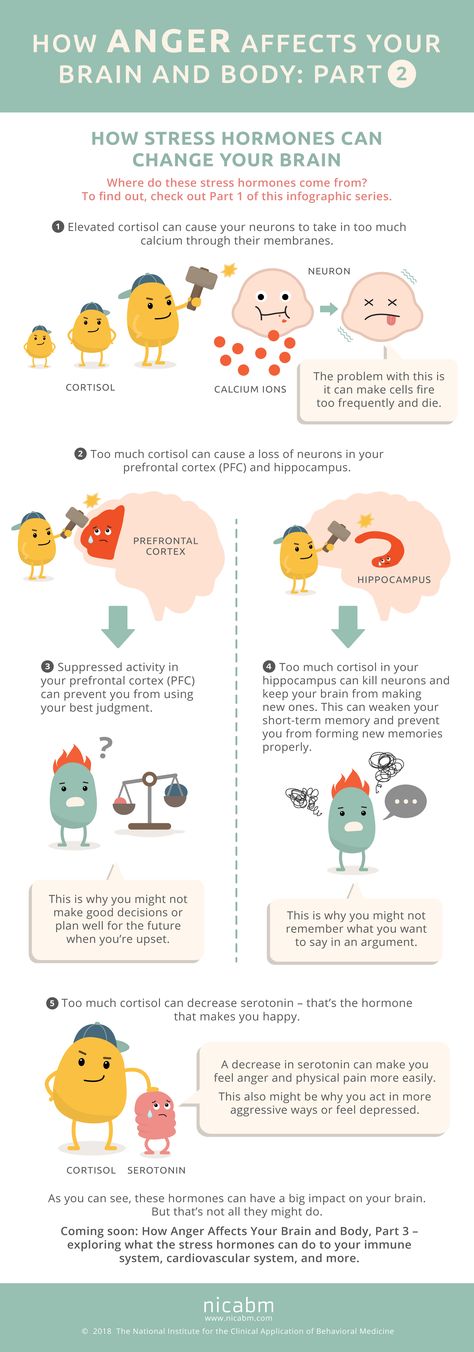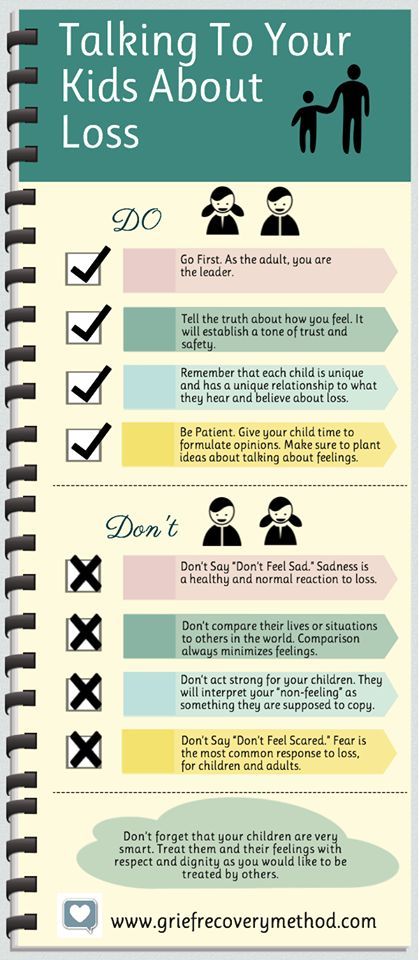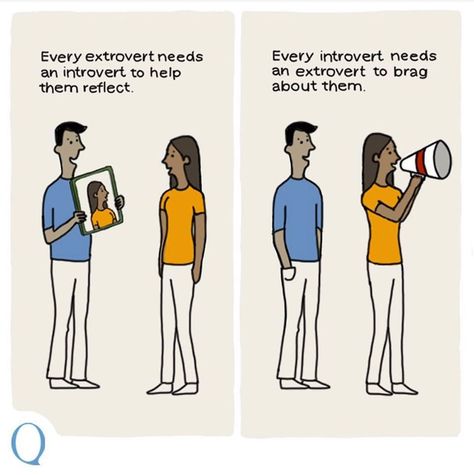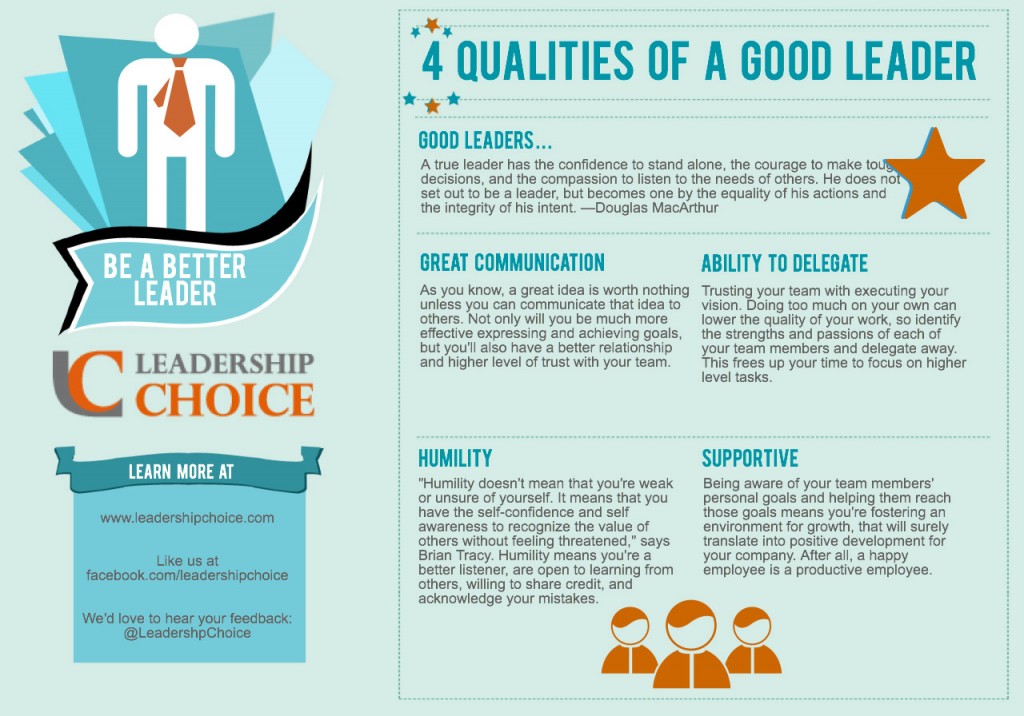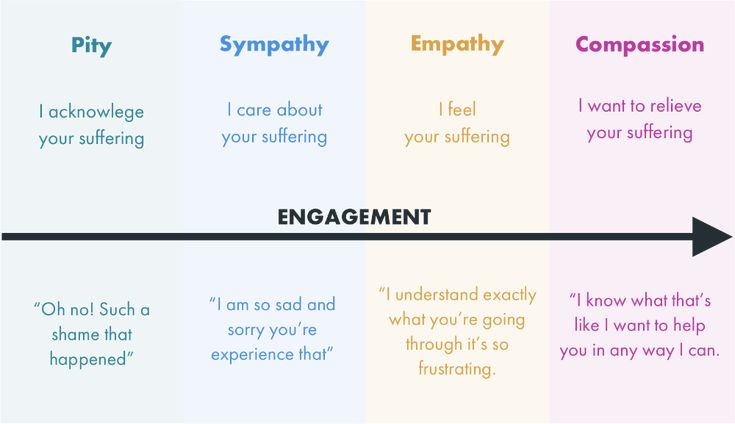Executive function difficulties
What Is Executive Dysfunction? Sign and Symptoms of EFD
What is Executive Dysfunction?
Executive dysfunction is a term used to describe the range of cognitive, behavioral, and emotional difficulties which often occur as a result of another disorder or a traumatic brain injury. Individuals with executive dysfunction struggle with planning, problem-solving, organization, and time management.
Children and adults with executive functioning problems struggle to organize materials, regulate emotions, set schedules and stick with tasks. They misplace papers, reports, and other school materials. They might have similar problems keeping track of their personal items or keeping their bedroom organized.
For children, behavior modification programs like token systems and daily report cards generally work well, however kids with ADHD get bored with token systems unless they collaborate on creating them. Similarly, daily report cards, while initially helpful, may end up making them feel bad about themselves when they don’t succeed, thus creating a negative reinforcement loop.
Cognitive behavioral therapy (CBT) is often helpful because it offers interventions in the moment.
If you think you might have an executive dysfunction, take one of these self-tests.
- Executive Dysfunction Test for Children
- Executive Dysfunction Test for Adults
What Is Executive Functioning?
Broadly speaking, executive functioning refers to the cognitive and mental abilities that help people engage in goal-directed action. They direct actions, control behavior, and motivate us to achieve our goals and prepare for future events. People with executive dysfunction struggle to organize and regulate their behavior in ways that will help them accomplish long-term goals.
Attention deficit disorder (ADHD or ADD) and executive functions are tightly linked, but far from synonymous. We all have executive functioning strengths and challenges that affect the attention, learning, work, and relationships. However, for those with ADHD, EF challenges are more severe and more numerous than for those without it.
The seven major types of self-regulation associated with executive functioning are as follows:
- Self-Awareness: commanding self-directed attention
- Self-Restraint: inhibiting yourself
- Non-Verbal Working Memory: holding things in your mind to guide behavior
- Verbal Working Memory: retaining internal speech
- Emotional: using words and images along with self-awareness to alter how you feel about things
- Self-Motivation: motivating yourself to do things when no outside consequences exist
- Planning and Problem Solving: finding new approaches and solutions
[Download: Executive Skills Checklist for Parents and Teachers]
How Do Executive Functions Develop?
The abilities associated with executive functioning don’t all develop at once, but rather in a sequence — one skill building atop the next.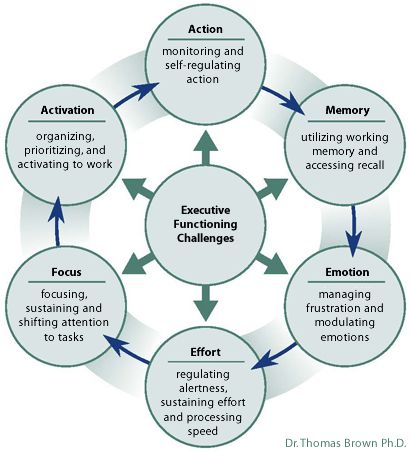 All of the executive functions interact with each other, and impact how individuals regulate their behavior to create positive future outcomes.
All of the executive functions interact with each other, and impact how individuals regulate their behavior to create positive future outcomes.
Executive functions begin developing by age two, and are fully developed by age 30. People with ADHD often are 30 to 40 percent delayed in development, which makes them more likely to act motivated by short-term rather than longer-term goals.
The back of the brain is where you store information that is already learned. The front part of the brain is where you use this information to be socially effective and succeed in life. This prefrontal cortex mediates executive functioning and it contains four major circuits.
- The “what” circuit controls working memory, helping you execute plans, goals, and specific steps needed to complete a project.
- The “when” circuit helps you organize the order in which you complete activities, and address timelines.
- The “why” circuit controls emotions — what you think about, and how you feel.
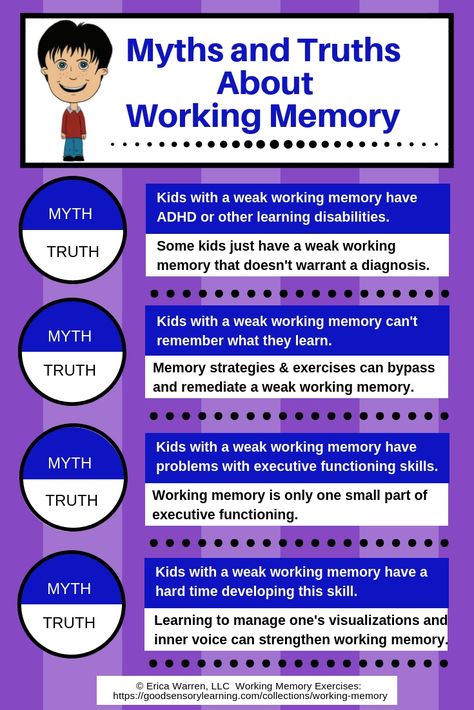
- The fourth “how” circuit controls self-awareness of your feelings and experiences.
People with executive functioning challenges and/or ADHD may experience impairments in one or more of these circuits and, therefore, their symptoms may touch memory, planning, emotional regulation, and/or social skills.
Read on to learn more about executive functions, and what therapies and interventions can help strengthen them. Consult with a physician if you recognize the symptoms below in your or your child.
Executive Dysfunction Symptoms
People with EF difficulties may experience the following symptoms:
- time blindness, or an inability to plan for and keep in mind future events
- difficulty stringing together actions to meet long-term goals
- trouble organizing materials and setting schedules
- trouble controlling emotions or impulses
- difficulty analyzing or processing information
Executive functions allow people to do the following:
- Analyze a task
- Plan how to address the task
- Organize the steps needed to carry out the task
- Develop timelines for completing the task
- Adjust or shift the steps, if needed, to complete the task
- Complete the task in a timely way
When a person has weak executive functions in certain areas, he or she may have trouble analyzing, planning, organizing, scheduling, and completing tasks.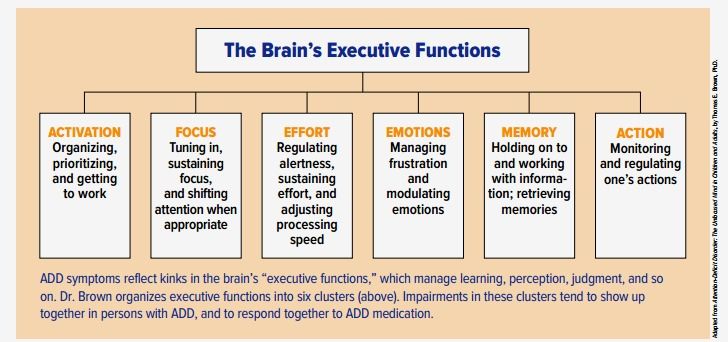 People with executive dysfunction and/or ADHD commonly lack the ability to handle frustration, start and finish tasks, recall and follow multi-step directions, stay on track, self monitor, and balance tasks (like sports and academic demands). Remediating the area of deficit reduces academic or work difficulties.
People with executive dysfunction and/or ADHD commonly lack the ability to handle frustration, start and finish tasks, recall and follow multi-step directions, stay on track, self monitor, and balance tasks (like sports and academic demands). Remediating the area of deficit reduces academic or work difficulties.
Types of Executive Dysfunction
There are not multiple types of executive dysfunction.
Executive Function and ADHD
ADHD is a biologically based disorder and a developmental impairment of executive functions – the self-management system of the brain. While most people with ADHD will experience many areas of executive function impairment, people can have executive dysfunction without ADHD.
The following six clusters of executive functions tend to be impaired in individuals with ADHD:
- Activation: organizing tasks and materials, estimating time, getting started
- Focus: finding, sustaining, and shifting attention as needed
- Effort: regulating alertness, sustaining motivation and processing speed
- Emotion: managing frustration and modulating feelings
- Memory: using working memory and accessing recall
- Action: monitoring and regulating physical activity
Russell Barkley, Ph. D., who has been at the forefront of exploring the relationship between executive dysfunction and ADHD, says, “It is not that the individual does not know what to do. It is that somehow it does not get done.”
D., who has been at the forefront of exploring the relationship between executive dysfunction and ADHD, says, “It is not that the individual does not know what to do. It is that somehow it does not get done.”
Executive Dysfunction Causes
Executive dysfunctions can be the result of heredity, especially in ADHD but they can also result from damage to the prefrontal cortex, in vitro exposure to substance use, trauma or severe neglect. A study found that people with disorders, diseases, or injuries that damage that area of the brain are more prone to difficulties with executive functioning1.
Evaluating Executive Function Difficulties
An executive function evaluation typically begins by ruling out other conditions with similar symptoms. The most common evaluation is the Behavior Rating Inventory of Executive Function (BRIEF), a written survey that kids/young adults, parents, and teachers complete to assess executive functioning. It comprises 86 questions designed to pinpoint the biggest area of difficulty. Additional evaluations include:
Additional evaluations include:
- Conners 3: a rating scale that evaluates ADHD and EF using parent, self, and teacher reports
- Barkley Deficits in Executive Functioning Scale (BDEFS) for Adults: assesses EF using self and other reports
- Comprehensive Executive Function Inventory (CEFI): compares a person to a norm group using parent, teacher, and self-report assessments
Executive functions are typically taxed during the transitions to 6th and 9th grade, when school structures and schedules change dramatically, and academic expectations increase. Parents and teachers often don’t understand why kids can’t work independently on an assignment, and assume they’ll “pick up” the necessary skills. It’s important to start helping kids with executive dysfunctions early, and to acknowledge the associated problems so that kids don’t feel stupid or lazy.
Treatment Options for Executive Dysfunction
Experts recommend a range of strategies to help strengthen the areas of weakness associated with executive dysfunction. The first method uses occupational or speech therapists, psychologists, or reading tutors to learn how to work around problem areas. Cognitive behavioral therapy, used in combination with medication to treat any coexisting conditions like ADHD, is very effective at treating executive functioning deficits including problems with inhibition, emotion regulation, time management, and planning.
The first method uses occupational or speech therapists, psychologists, or reading tutors to learn how to work around problem areas. Cognitive behavioral therapy, used in combination with medication to treat any coexisting conditions like ADHD, is very effective at treating executive functioning deficits including problems with inhibition, emotion regulation, time management, and planning.
Many experts recommend redesigning the environment to help people with executive dysfunctions to stay on task. For example, adults may compensate for working memory deficits by making information external – using cards, signs, symbols, sticky notes, lists, journals, and apps. Patients can likewise make time external by using clocks, timers, computers, counters, and other devices that track time intervals. Use external motivation, like points systems, being accountable to others at work and school, daily school report cards – anything that reinforces accomplishing goals.
Executive Dysfunction: Next Steps
- Free Download: Common Executive Functioning Challenges — and Solutions
- Take: The Executive Dysfunction Symptom Test for Adults
- Read: When Executive Functions Falter and Fail in Kids with ADHD
FROM OUR SPONSOR
WatchMinder is the only vibrating reminder watch invented by a child psychologist! Click here to learn how it can keep you or your child on task and on time.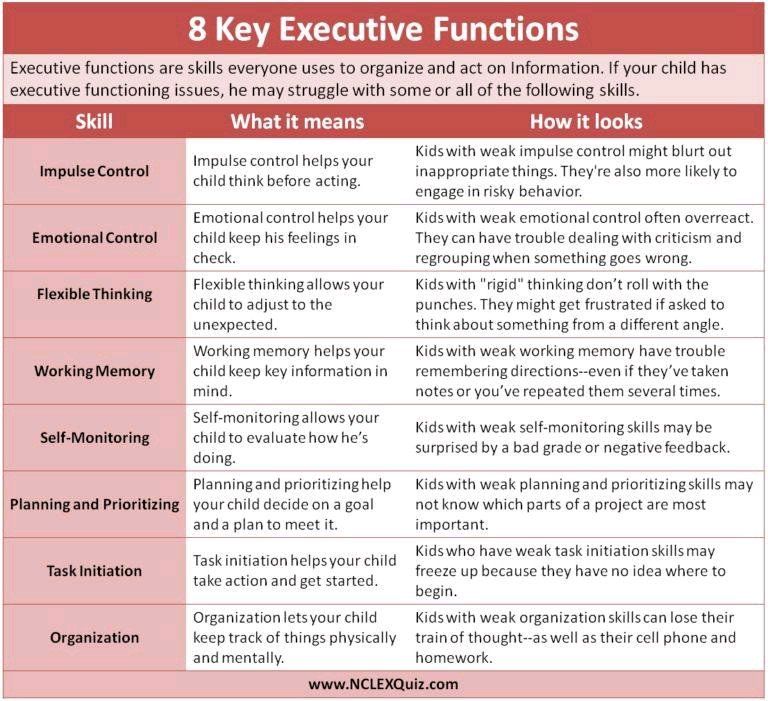 Save $15 with SCHOOLATHOME code.
Save $15 with SCHOOLATHOME code.
0 Friedman, Naomi P., et al. “Individual Differences in Executive Functions Are Almost Entirely Genetic in Origin.” Journal of Experimental Psychology: General, 137(2): 201–225., May 2008, doi: 10.1037/0096-3445.137.2.201.
1 Elliot, Rebecca. “Executive functions and their disorders: Imaging in clinical neuroscience.” British Medical Bulletin, vol. 65, no. 1, March 2003, pp. 49-59, doi: 10.1093/bmb/65.1.49.
Previous Article Next Article
Symptoms in Adults with ADHD
Executive Dysfunction in Adults
Like those with attention deficit hyperactivity disorder (ADHD or ADD), people with executive dysfunctions often experience time blindness, or an inability to plan for and keep in mind future events that aren’t in the near-term.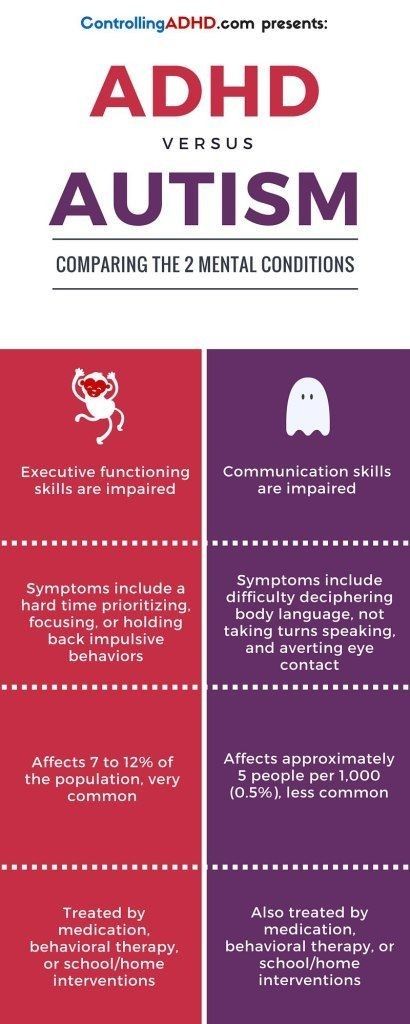 They also have difficulty stringing together actions to meet long-term goals. This is not an attention problem in the present tense, but rather a sustained attention problem.
They also have difficulty stringing together actions to meet long-term goals. This is not an attention problem in the present tense, but rather a sustained attention problem.
[Related Self-Test: ADHD in Adults]
When a person has weak executive functions in certain areas, he or she may have trouble analyzing, planning, organizing, scheduling, and completing tasks. People with executive dysfunction and/or commonly lack the ability to handle frustration, start and finish tasks, recall and follow multi-step directions, stay on track, self monitor, and balance tasks (like sports and academic demands). Remediating the area of deficit reduces academic or work difficulties. If this sounds familiar, take this self-test.
This self-test is designed to determine whether you show signs of executive dysfunction. If you have concerns about executive dysfunction, see a health professional for a thorough evaluation. This self-test is for personal use only.
Do you struggle to get a handle on clutter? Does your personal space get messy with piles of papers and miscellaneous items?
Very Often
Often
Sometimes
Rarely
Never
Do you say “I will do it later” and then forget all about it?
Very Often
Often
Sometimes
Rarely
Never
Do you have trouble getting started or initiating tasks?
Very Often
Often
Sometimes
Rarely
Never
Do you forget things, even when they are important to you?
Very Often
Often
Sometimes
Rarely
Never
Do you become frustrated when things don’t go as planned and can you quickly become angry?
Very Often
Often
Sometimes
Rarely
Never
Do you have difficulty figuring out what is most important or what you should start with given a list of things to do?
Very Often
Often
Sometimes
Rarely
Never
Do you let go of anger as quickly as it came?
Very Often
Often
Sometimes
Rarely
Never
Do you become absorbed in things or tasks that interest you—sometimes to the point of forgetting about people around you or other obligations?
Very Often
Often
Sometimes
Rarely
Never
Do you waste time trying to decide what to do first?
Very Often
Often
Sometimes
Rarely
Never
Do you have trouble following conversations because you are distracted or because you are trying to remember what you wanted to say?
Very Often
Often
Sometimes
Rarely
Never
Do you find it hard to do things that aren't necessary or highly stimulating?
Very Often
Often
Sometimes
Rarely
Never
Do you start tasks with enthusiasm but lose interest quickly?
Very Often
Often
Sometimes
Rarely
Never
Are you easily distracted by things you see or hear?
Very Often
Often
Sometimes
Rarely
Never
Do you forget appointments and do you typically run late?
Very Often
Often
Sometimes
Rarely
Never
At least once a day do you lose or misplace items—for example, keys, wallet, purse, or a cell phone?
Very Often
Often
Sometimes
Rarely
Never
Do you have trouble completing multiple-step tasks and moving from one task to another?
Very Often
Often
Sometimes
Rarely
Never
(Optional) Would you like to receive your executive function disorder symptom test results — plus more helpful resources — via email from ADDitude?
Sign me up for your Adult ADHD newsletter.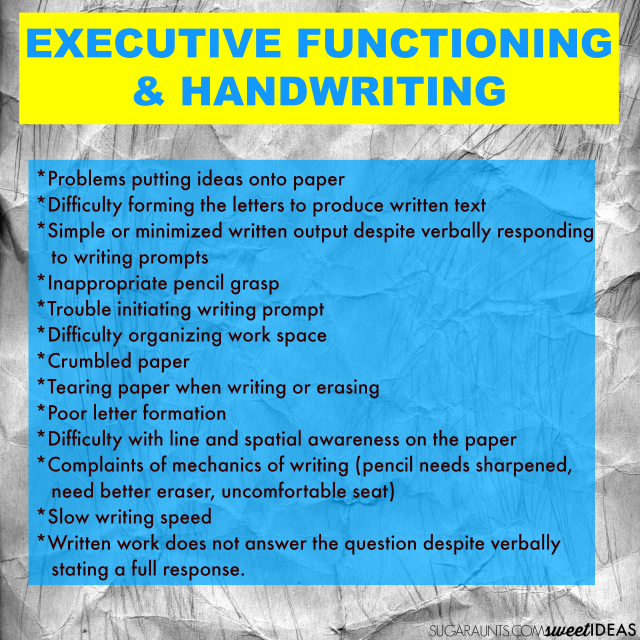
Can’t see the self-test questions above? Click here to open this test in a new window.
Executive Dysfunction in Adults: Next Steps
1. Take This Test: ADHD Symptoms in Adults
2. Take This Test: Do You Have a Working Memory Deficit?
3. Research Treatments for Executive Dysfunction
4. Read Executive Dysfunction, Explained!
5. Take This Test: Do You Have Emotional Hyperarousal?
6. Download Is It Executive Function Disorder?
Previous Article Next Article
Executive Functions: A Complete Guide
What is Executive Functions?
Executive functions can be defined as a set of cognitive abilities necessary for the control and self-regulation of behavior . That is, these are the abilities that allow us to draw up a plan of action, follow it, control the process, adjust the plan and achieve our goals. This feature set is essential because we use it daily. The term "executive functions" was coined by Muriel Lezak in 1982.
This feature set is essential because we use it daily. The term "executive functions" was coined by Muriel Lezak in 1982.
This set of cognitive abilities is located within the relative boundaries of the prefrontal structures of the brain. The areas of the brain most associated with executive functions are the dorsolateral prefrontal cortex, ventromedial prefrontal cortex, orbitofrontal prefrontal cortex, and anterior cingulate cortex. We can evaluate the functional integrity of these structures with specific tests. These abilities can be improved through practice and cognitive training .How to test and train executive functions? It's very easy, you only need to register .
What cognitive abilities form executive functions?
Although there are differing opinions about what exactly executive functions are, scientists have come to a consensus about what cognitive abilities form them. These include:
- Cognitive flexibility : the ability to adapt behavior and thinking to new, changing or unexpected situations.
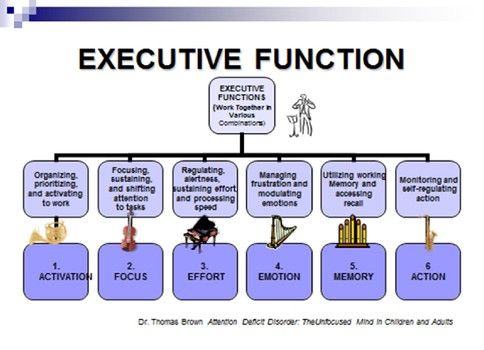
- Inhibition : ability to control impulsive or automatic reactions and generate rational responses based on attention and logical thinking.
- Monitoring : the ability to monitor the behavior we follow and make sure it is in line with the established plan of action.
- Planning : the ability to predict events and mentally choose the right way to accomplish a task or achieve a specific goal.
- Working memory : the ability to temporarily store and process information to perform complex cognitive tasks.
- Decision making : the ability to choose between different alternatives in an effective and deliberate manner.
- Problem Solving : The ability to come to a logical conclusion when there is a problem that needs to be solved.
Examples of executive functions
- These functions are involved in almost any job.
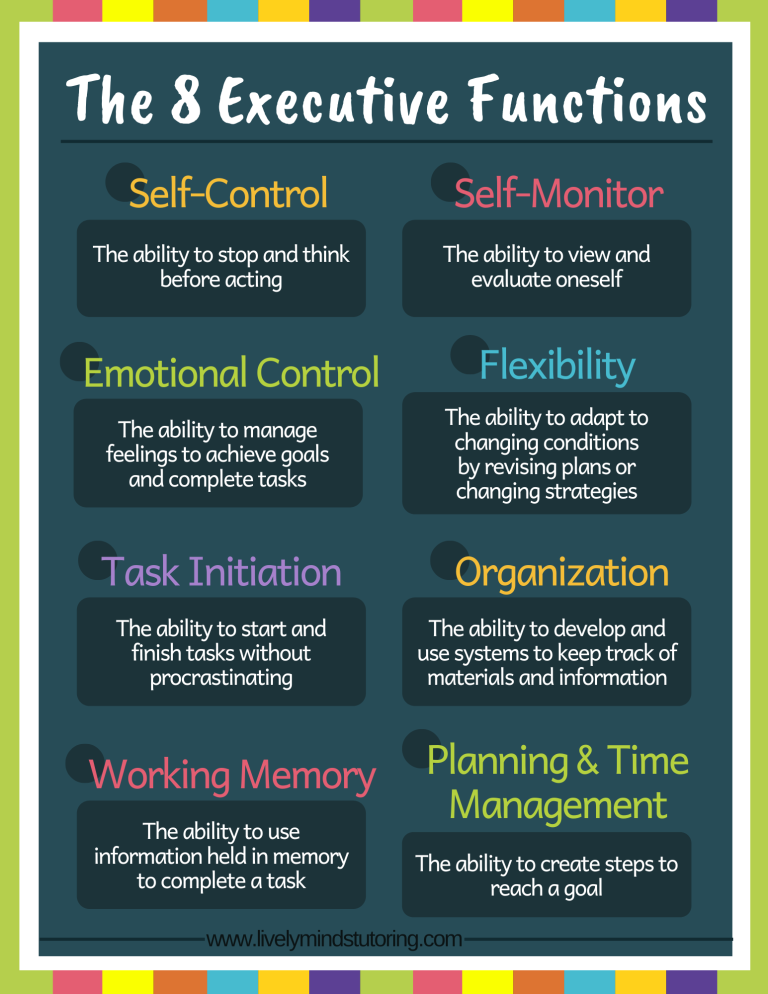 Any work activity that requires organization, planning, problem solving, decision making, or data manipulation will use these abilities. Therefore, they are used both for making a sandwich and for planning open-heart surgery.
Any work activity that requires organization, planning, problem solving, decision making, or data manipulation will use these abilities. Therefore, they are used both for making a sandwich and for planning open-heart surgery. - Executive functions also play a critical role in the learning process. They allow us to control our attention and maintain concentration in class, or help us organize our exam preparation.
- When we plan a route for a car trip, when we have to make a quick decision in case of an unforeseen traffic situation or refuse to overtake if the situation does not favor it, we also use these abilities.
- We also use these functions in our daily life. They are essential for organizing tasks that need to be completed in a short time and adapting to changing circumstances (for example, when a subway line you need suddenly closes), they help us generate alternatives efficiently, etc.
Deregulatory syndrome and other disorders associated with impaired executive functions
Damage to the brain in the prefrontal structures, among other complications, can cause anosognosia (refusal to recognize one’s defect), abulia (lack of initiative), difficulty in establishing the sequence of actions, problems with controlling behavior and emotions, cognitive rigidity, etc.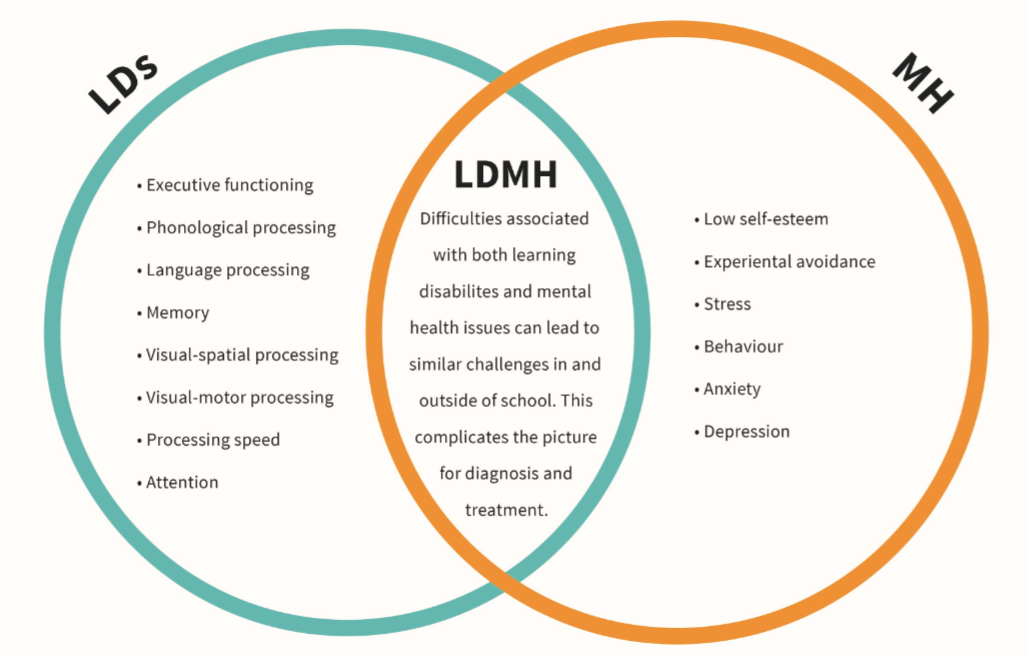 In addition, impaired executive functions may affect the correct regulation of other cognitive processes. Problems associated with the violation of these functions can complicate many of our daily activities .
In addition, impaired executive functions may affect the correct regulation of other cognitive processes. Problems associated with the violation of these functions can complicate many of our daily activities .
The most common syndrome that occurs as a result of a violation of the normal functioning of the executive functions is called Deregulatory Syndrome or Frontal Syndrome . In this syndrome, various cognitive abilities are altered, such as initiative, freedom of action, inhibition, flexibility, self-regulation, planning and decision making. This causes disorganized behavior, lack of adaptation to the environment, personality and mood changes (the person becomes self-centered, obsessive and irritable). This syndrome may be due to brain damage in the dorsolateral cortex for the following reasons: stroke , traumatic brain injury (TBI) , tumors or neurodegenerative diseases such as Pick's disease .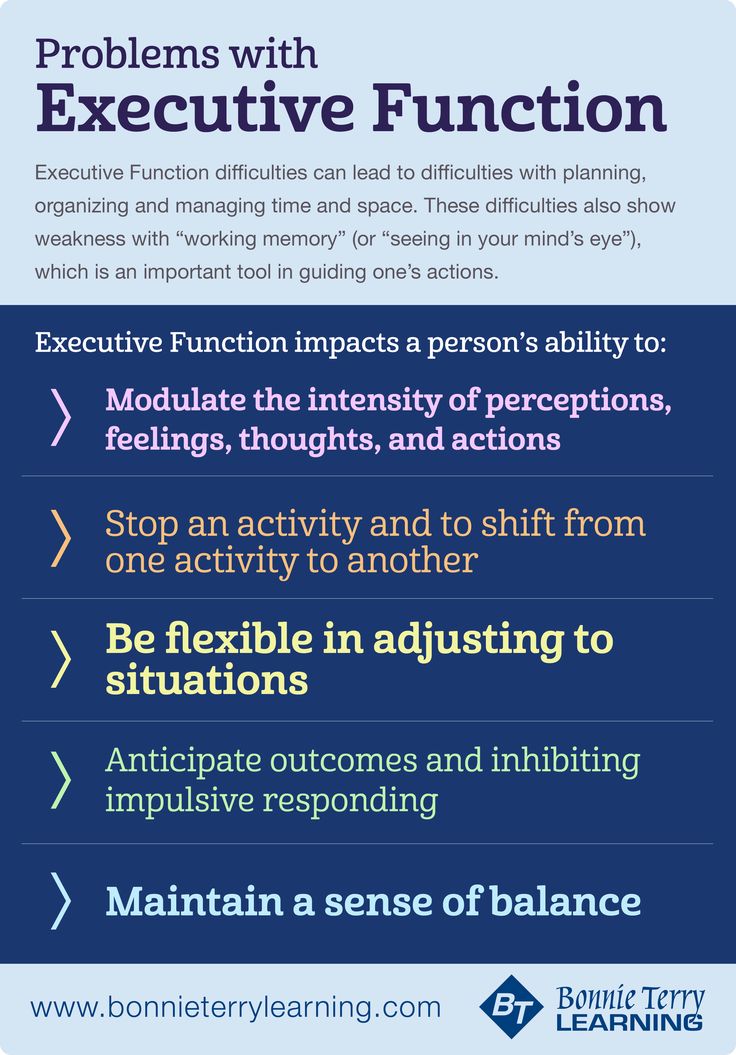 Given the danger of deregulatory syndrome for a person's daily life, it is very important to evaluate it.
Given the danger of deregulatory syndrome for a person's daily life, it is very important to evaluate it.
In addition to deregulatory syndrome, damage to the prefrontal cortex can cause other diseases, such as orbitofrontal syndrome (which, in general terms, leads to a marked change in personality as a result of damage to the orbitofrontal cortex of the brain) or frontal lobe syndrome (mainly characterized by the absence of initiative and apathy, both behaviorally and communicatively, or mutism).
On the other hand, there may also be executive dysfunction without brain damage. This occurs in the case of disorders such as dyslexia , dyscalculia , attention deficit hyperactivity disorder (ADHD) , schizophrenia or autism (ASD) .
How to measure and evaluate executive functions?
Executive functions enable us to carry out many of our daily activities correctly and efficiently.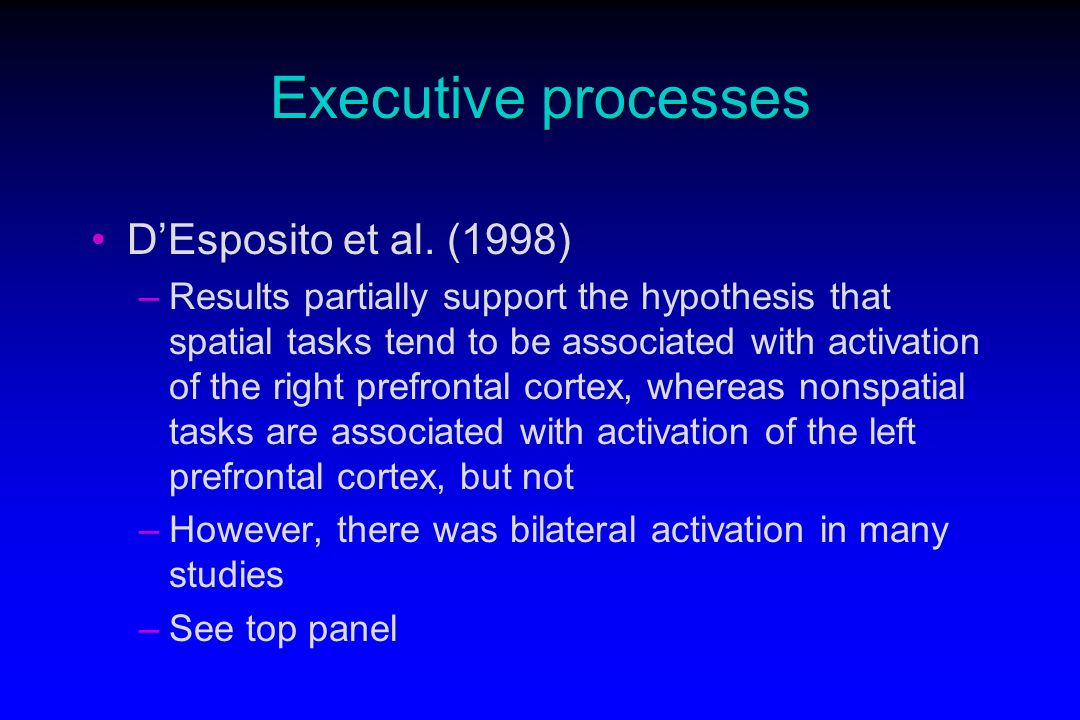 Therefore, the assessment of these abilities can be useful in various areas of life: in the learning process (to know if the student will control his behavior in the classroom and will be able to organize his studies well), in the clinical setting (to know if the patient will have difficulty adapting his impulses or emotional states to the situation) or in professional area (know whether employees can adequately act in unforeseen situations and make correct decisions if necessary).
Therefore, the assessment of these abilities can be useful in various areas of life: in the learning process (to know if the student will control his behavior in the classroom and will be able to organize his studies well), in the clinical setting (to know if the patient will have difficulty adapting his impulses or emotional states to the situation) or in professional area (know whether employees can adequately act in unforeseen situations and make correct decisions if necessary).
Thanks comprehensive neuropsychological testing we can effectively and reliably measure various cognitive abilities, including executive functions . CogniFit offers a series of tests that assess those cognitive abilities that form executive functions: inhibition, planning, cognitive flexibility, monitoring and working memory. The tests that the CogniFit uses to measure these cognitive abilities are based on classic tests such as: NEPSY, Memory Loss Simulation Test (TOMM), Wisconsin Card Sorting Test (WCST), Stroop Test, Test Attention Variables (TOVA), Long-Term Maintenance Test (CPT), Hooper Visual Organization Task (VOT), Wechsler Memory Scale (WMS), and Tower of London Test (TOL).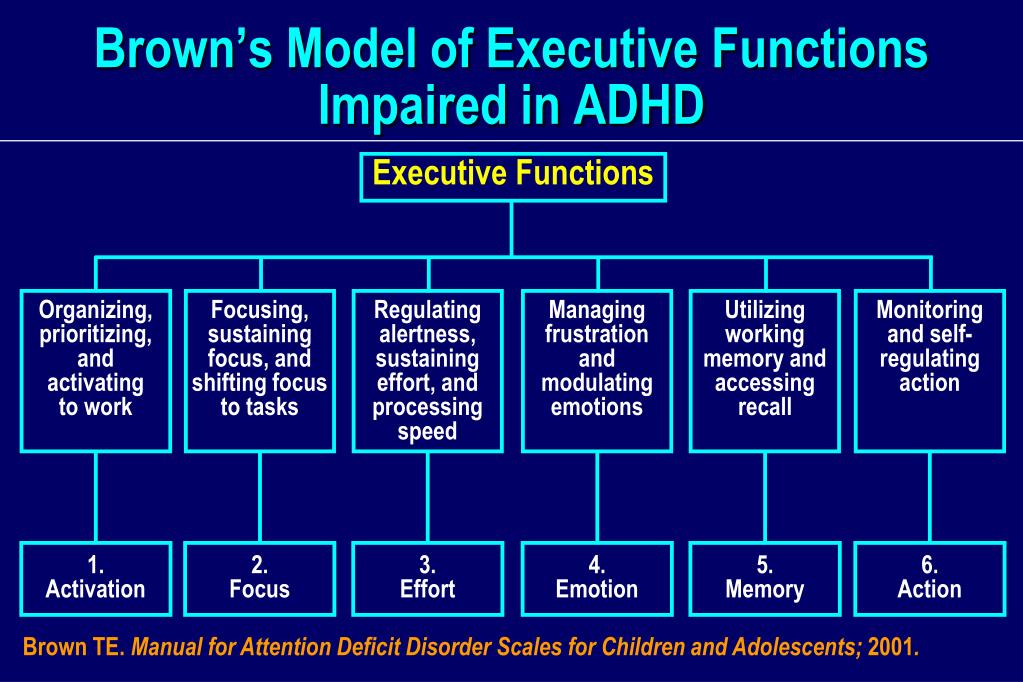 In addition to executive functions, the CogniFit test also measures response time, visual and spatial perception, naming memory, contextual memory, visual memory, phonological short-term memory, short-term memory, recognition, processing speed, visual scanning, visuomotor coordination and divided attention.
In addition to executive functions, the CogniFit test also measures response time, visual and spatial perception, naming memory, contextual memory, visual memory, phonological short-term memory, short-term memory, recognition, processing speed, visual scanning, visuomotor coordination and divided attention.
- COM-NAM Identification Test: Objects appear in the form of images or sounds. It is necessary to indicate in what format (image or sound) the object appeared the last time, or that it did not appear before.
- UPDA-SHIF Synchronization Test: In this test, a ball in motion will appear on the screen. It is necessary, while following the ball, to coordinate the movement of the pointer and the ball as precisely as possible.
- DIAT-SHIF Multitasking Test: You have to follow the movement of the white ball and react to the words that appear in the center of the screen. When the word that is in the center of the screen matches the color in which it is written, you should give an answer (paying attention to two stimuli at the same time).
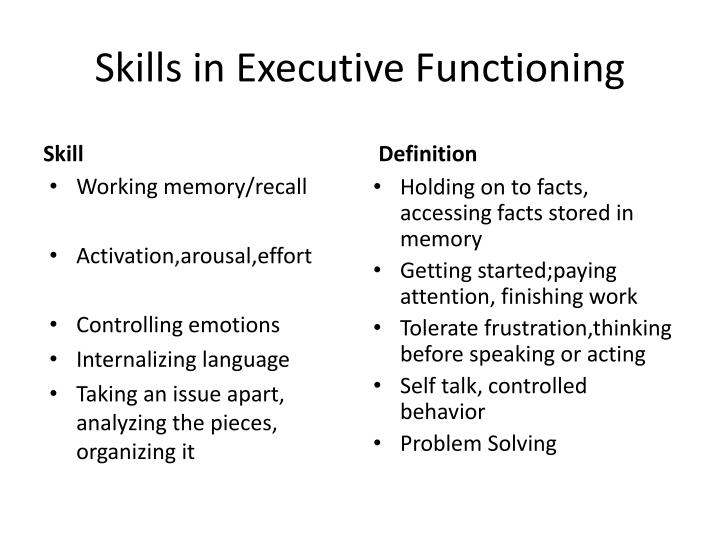 In this exercise, you need to show the ability to adapt to changes in strategy, new reactions and, at the same time, apply the ability of cognitive and visual control.
In this exercise, you need to show the ability to adapt to changes in strategy, new reactions and, at the same time, apply the ability of cognitive and visual control. - REST-INH Information Processing Test: In this task, two blocks with different numbers and shapes will appear on the screen. First you need to keep track of the size of the forms and specify the tallest object. Then you have to choose the block containing the largest number.
- INH-REST Equivalence Test: In this task, color names will appear on the screen. It is necessary to give an answer as soon as possible when the name of the color matches the color in which the word is written. If there is no match, no answer is required.
- WOM-REST Recognition Test: Three generic objects will appear on the screen. First, remember the order in which the three objects are presented as quickly as possible. Next, four series of three objects are displayed, different from those presented earlier, you have to determine the initial sequence.
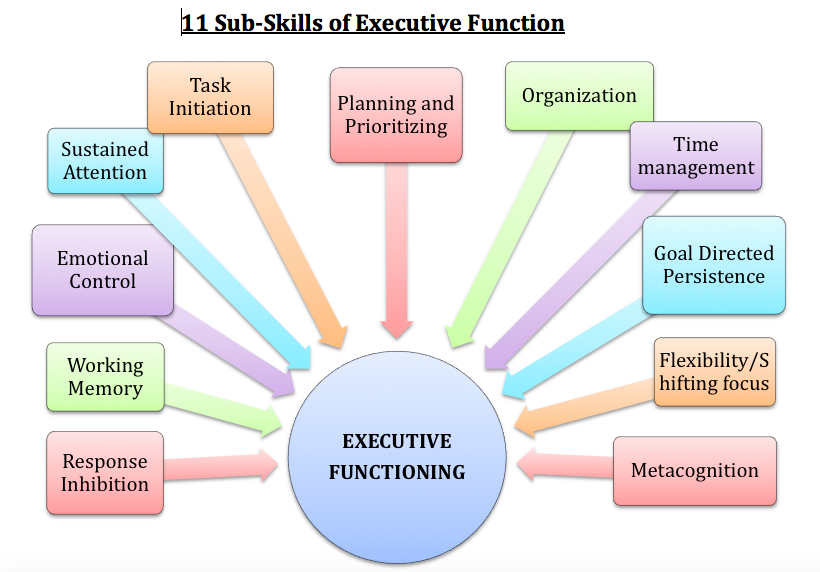
- WOM-ASM Sequential Test: A series of balls with different numbers will be displayed on the screen. It is necessary to remember the number series in order to repeat it later. At first the series will consist of one number, but gradually it will increase until a mistake is made. You will need to reproduce each number series after the corresponding presentation.
- VISMEN-PLAN Concentration Test: Stimuli will be arranged on the screen in an alternative manner. Keeping order, the stimuli will light up along with the appearance of the sound until the end of the series. During the presentation, you should pay attention to the sounds and lighting of the images. The user has to choose the moment and remember the order in which the stimuli appeared in order to play them back in the same order as they were presented.
- VIPER-PLAN Programming Test: The task is to get the ball out of the maze in the least number of moves and as quickly as possible.
How to restore or improve executive functions?
All cognitive abilities, including executive functions, can be trained to improve their performance.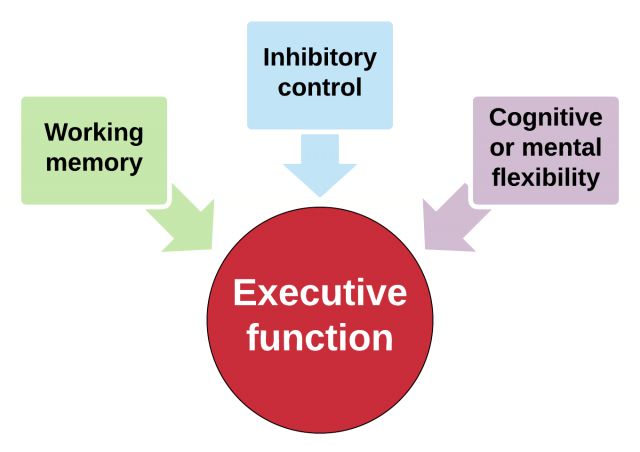 CogniFit makes it possible to do it professionally.
CogniFit makes it possible to do it professionally.
Brain plasticity is the basis for recovery of executive functions and other cognitive abilities . CogniFit offers a series of exercises designed to restore deficits in executive function and other cognitive abilities. The brain and its neural connections are strengthened by using the functions that depend on them. Thus, if executive functions are regularly trained, the neural connections of the brain structures involved in this ability will be strengthened.
CogniFit consists of an experienced team of professionals who specialize in the study of synaptic plasticity and neurogenesis. This has made it possible to create the Personal Cognitive Stimulation Program which is tailored to the needs of each user. The program begins with an accurate assessment of executive function and other core cognitive abilities.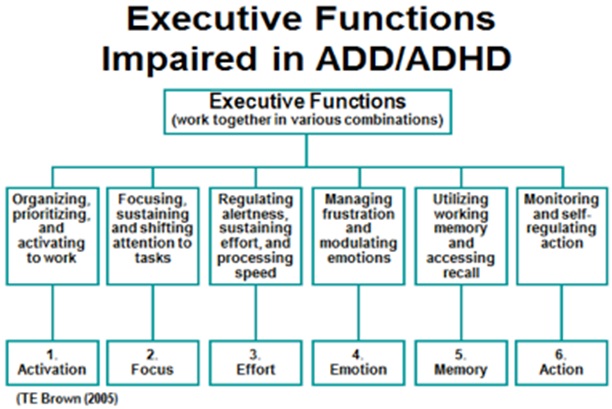 Based on the evaluation results, the cognitive stimulation program from CogniFit automatically offers a personalized cognitive training regimen to strengthen executive functions and other cognitive abilities that have been assessed as in need.
Based on the evaluation results, the cognitive stimulation program from CogniFit automatically offers a personalized cognitive training regimen to strengthen executive functions and other cognitive abilities that have been assessed as in need.
To improve executive functions, you need to train regularly and correctly. CogniFit offers assessment and recovery tools to optimize these cognitive skills. Proper stimulation requires 15 minutes a day, two or three times a week .
The CogniFit cognitive stimulation program is available online . A variety of interactive exercises are waiting for you in the form of exciting brain games that you can play using your computer. At the end of each session CogniFit will show a detailed graph of the progress of the cognitive state.
5 reading problems due to weak executive functions
-
Learning to read requires the development of executive functions
-
Children with executive function problems may have difficulty reading
-
They may confuse similar letters and have difficulty reading aloud.

Executive functions play a large role in various aspects of learning to read. They are the key to learning the alphabet and understanding the meaning of words. Therefore, when children have poorly developed executive functions, certain reading difficulties may arise. Listed below are five ways that executive function problems can affect reading.
1. Executive function and letter recognition
Children with executive function problems may confuse letters when learning the alphabet. This is because when they learn something new, it is difficult for them to leave it and switch to something else.
For example, let's take the letters "G" and "T". If a child first learns the letter "G", he may not immediately understand that "T" looks like it, but "T" still has a small stick. Subconsciously, he will stubbornly see "G" in her. The child needs to maintain attention long enough to realize that the extra wand turns "G" into "T".
2.
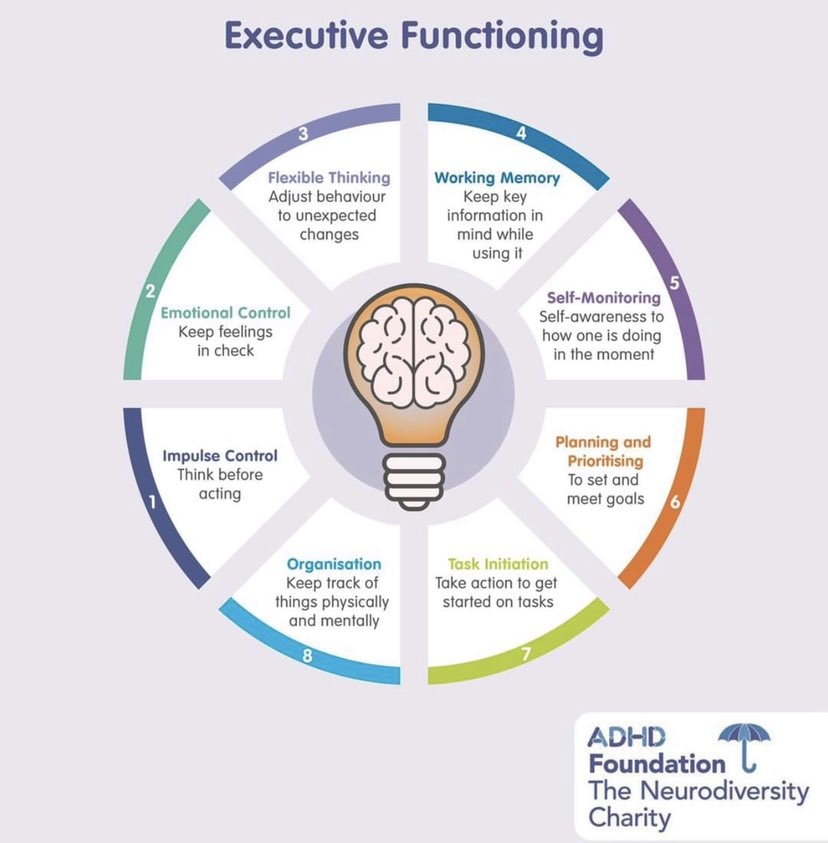 Executive function and word pronunciation
Executive function and word pronunciation Beginning readers spell words they are unfamiliar with. This can be difficult for children with executive function problems.
Due to problems with working memory, which is a key executive function, as they slowly read the end of a word, they forget the beginning. It can also affect the full understanding of the text. The child may be so focused on parsing each word that he loses the meaning of the text he is reading.
3. Executive function and homonyms
Words that sound and are spelled the same but have different meanings can be a hindrance even for advanced readers. The child needs to apply flexible thinking, another executive function, to understand how a word can be used in different meanings.
For example, if a child comes across the phrase "put a spoke in the wheel", he will understand it literally. But, thinking about the context, he will understand that the phrase does not make sense, which means that it means something else.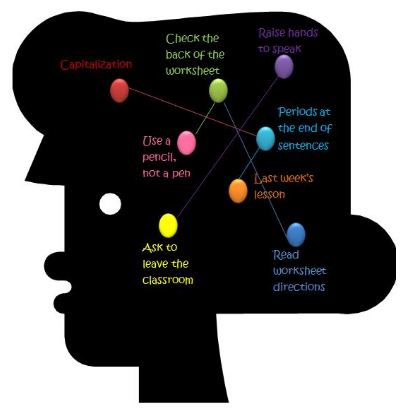
Such thinking requires developed executive functions. It is very difficult for children with executive function problems to leave the literal or commonly used meaning of a word and think of an alternative. The child may not guess to use the context in the form of other words or pictures to the text. Because of this, he will not understand what he read, or it will take him more time to understand the text than other children.
4. Executive function and passive voice
When children are learning to read, most sentences are in the active voice. “Sonya pushed Kolya” is an example of an active voice. Over time, children move on to complex sentences. "Kolya pushed Sonya" - the meaning of the sentence has not changed, but children with executive functions problems can understand this as Kolya pushed Sonya.
The child remembers that the subject comes first, then the predicate, and at the end the object. Therefore, having seen that the first word in the sentence is "Kolya", the child continues to read, mentally jumping over the next two words, not noticing how the endings have changed, and along with them the meaning.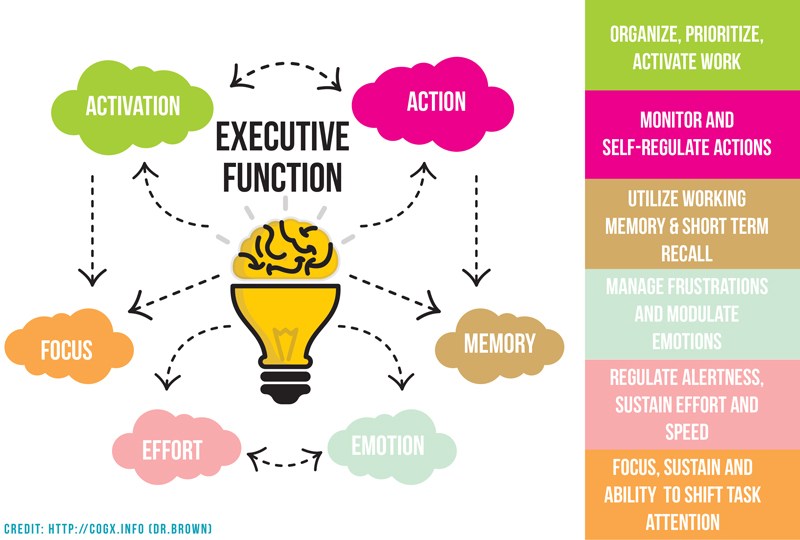 Again, this is because the child remembered one rule and was unable to switch to a new one. Thus, the child does not understand the meaning of the sentence.
Again, this is because the child remembered one rule and was unable to switch to a new one. Thus, the child does not understand the meaning of the sentence.
5. Executive function and attention
Learning something new takes effort, and reading is no exception. The child should sit still, concentrate and not be distracted. Children with executive function problems often have difficulty concentrating. Because of this, it is more difficult for them to understand the meaning of the sentence, since in the middle they can be distracted and lost.
How can you help?
Reading requires many skills. Children with executive function problems may need extra practice to learn the basics of reading.
If your child is having difficulty reading, talk to their teacher and ask for help. You can ask your child to be tested and transferred to special education. By testing the child, you can better understand the reason why he has difficulty with reading and executive functions, perhaps the child has HAI (auditory perception disorder) or dyslexia.

